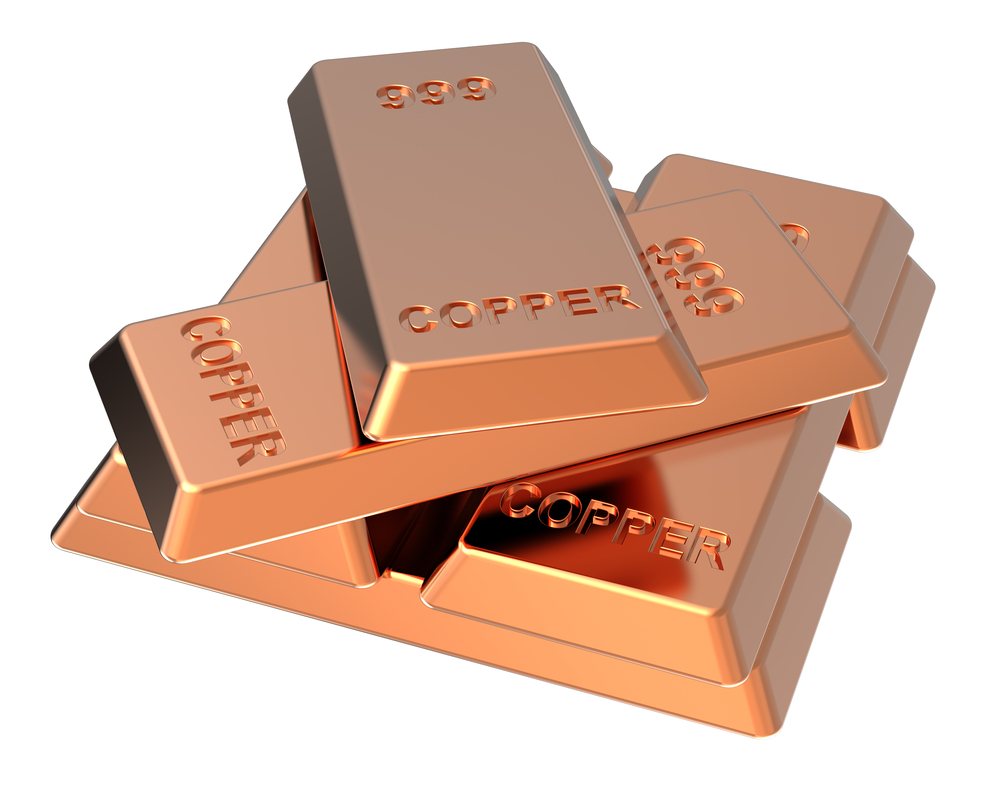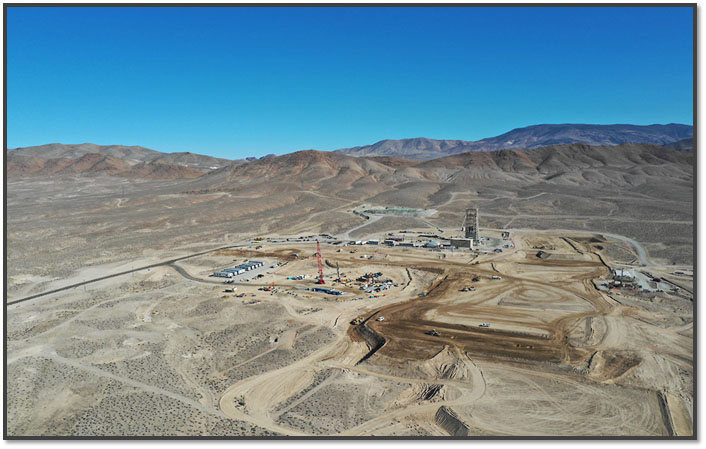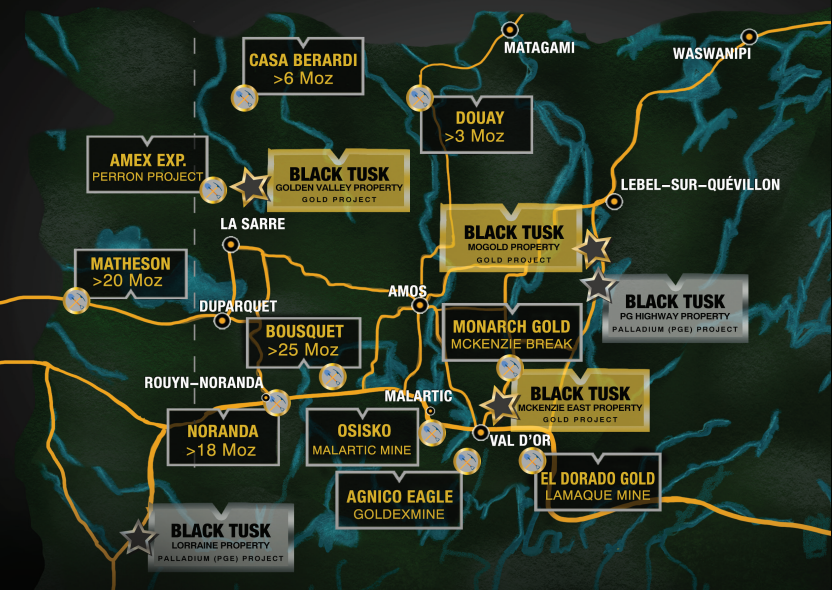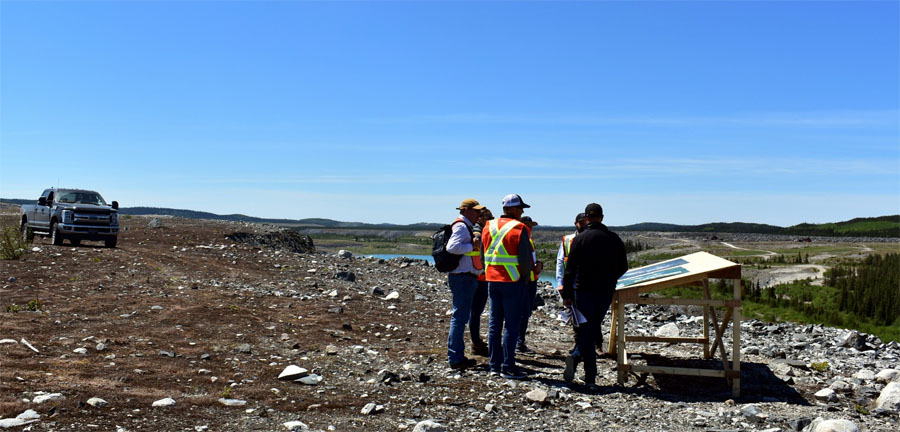The Metals Report: When the natural resources prices tumbled in mid-March, you were in Australia. Were you expecting it? What dynamics from your observations in 2008 are applicable for how metals and metal equity prices could play out this time around?
Richard Karn: The demand drivers for specialty metals have remained largely unchanged since 2008; so, yes, the most recent selloff in both specialty metal prices and Australian specialty metal equities has taken us by surprise. Specialty metals are still scarce, still price and supply inelastic, still lack recycling protocols, still lack transparent pricing, and the demand trajectory is still discovery-driven, not GDP-correlated, so the recent action particularly in the equity space is troubling.
We believe the collapse of trading volumes in the small-cap stocks indicates that retail investors in particular have come to believe that commercial financing for specialty metal projects will not eventuate. Retail investors are abandoning the space in favor of larger names with more liquidity, especially ones that pay dividends. Too many specialty metal companies are dying on the vine—and unless there is a remarkable turnaround, especially in terms of commercial finance, a lot of these companies will start failing.
What we have been starting to see in the specialty metal space over the last 18 months or so, which I expect to accelerate, is for specialty metal end-users to start doing more pre-paid offtake deals and to start stepping into the largely absent commercial finance role for specific specialty metal projects. We also expect more merger and acquisition activity as listed companies use their scrip-like fiat currency to buy good deposits on the cheap—even if it means they have to sit on them for years before commercial financing will be available to put projects into production.
TMR: Among the healthier producers or near-term producers with cash in Australia, what projects have the momentum to keep going?
RK: Over the last couple years, we've talked about a number of companies with good projects in the Australian specialty metal space, such as Metallica Minerals Ltd. (MLM:ASX), which targets scandium, nickel and cobalt; Strategic Energy Resources Ltd. (SER:ASX), which is graphite focused; Mt. Carbine Tungsten Ltd. (CNQ:ASX) and Northwest Resources Ltd. (NWR:ASX), which have gold and antimony projects. But of the projects we invest in, Alkane Resources Ltd. (ALK:ASX) may be the "healthiest" at the moment.
Alkane has roughly AU$130 million (AU$130M) in cash and marketable securities, and its Tomingley gold project is on schedule to be in production by January of 2014. But as far as we are concerned, Alkane has always been about its polymetallic Dubbo Zirconia project, which will produce a balanced range of zirconium, niobium and rare earth elements. The company recently completed a definitive feasibility study that indicates very robust economics: The AU$1 billion project (including a 20% contingency) will process 1 million tons per year for 20 years and generate total annual revenues of AU$500M (AU$210M in OPEX and AU$290M EBITDA). Alkane has lined up an outstanding array of partners, and the company's financing options are such that I think it likely that management will be able to maintain its excellent track record of subjecting shareholders to minimal dilution, which in developing a billion-dollar project amounts to quite an accomplishment.
TMR: You said this is a time for long-term investors to stake their claims. How are you adjusting your portfolio in the wake of all this price volatility?
RK: Our approach is relatively simple and has remained consistent for some time now: We maintain a higher-than-normal cash position that enables us to trade around core positions in order to lower our cost basis; we write out of the money options against our positions at what we believe to be near-term price peaks, and we do not employ any leverage.
TMR: If, as you said, the pricing mechanisms for everything from gold and oil to specialty metals are not reflecting the reality of what it takes to produce them, what will happen if the raw materials we need for our cars, phones, wind turbines, tanks and computers aren't available?
RK: In the case of specialty metals, and assuming the world economy is doing anywhere near as well as we are led to believe by politicians and the media, we will run out, prices will explode and panic buying will ensue.
It is not as if we have produced such a surfeit of specialty metals that we have huge stockpiles to draw down until supply and demand balance out at a certain price sometime in the future. That is simply not the case. The majority of specialty metal projects are not getting financed, and this will certainly have severe repercussions going forward.
What will happen at some point will be worse than in 2010 because little progress has been made on the supply side since that time because so few commercial banks have been willing to lend, so the effects will be more pronounced.
"We expect more M&A activity as listed companies buy good deposits on the cheap."
Rather than a rally driven by greedy speculators betting on a further rise in specialty metal prices, it will be a rally driven by specialty metal end-users fearful of being unable to access the metals they need to stay in business at any price. That price volatility will be exacerbated by the momentum from traders that speculate in anything that is moving.
There is an entirely different psychology, an entirely different level of urgency, in such fear-driven buying panics, and it often spills over into other commodity pricing.
TMR: In your presentations, you talk about the importance of recycling. How much of the supply equation can be impacted by recycling?
RK: Much more than people think, actually, because a lot of mineral processing amounts to industrial chemistry—and so does recycling. But before delving into recycling, I find it useful to try to reacquaint people with why we need to recycle metals in general and specialty metals in particular.
The simple truth is that any element with an atomic number higher than iron, atomic number 26, can only be created by neutron or proton absorption of existing bigger nuclei, and this occurs exclusively during the end of a massive star's life cycle, which culminates in a supernova. During a supernova, the unimaginable heat and pressure generated by the explosion both creates all of the elements on the periodic table with an atomic number larger than 26 and distributes them as 'ash' or 'star dust' through space in an interstellar cloud. Solar systems are formed by the gradual condensation, contraction and subsequent collapse of an interstellar cloud, concentrating more than 99% of this matter in the sun, with the rest of the matter forming planets, meteorites and comets.
On a planet like the earth, molten rock is constantly upwelling from the mantle at mid-oceanic ridges in a spreading action that pushes tectonic plates around on the earth's crust; at the same time some material is being pushed to the surface, other material is being drawn back down into the mantle along subduction zones in deep oceanic trenches. During this endless cycle, the elements in the periodic table are exposed to various concentration processes, primarily oxidation, accretion, melting, segregation and fractional crystallization, that over literally hundreds of millions of years may create deposits of mineral compounds that are occasionally economic to mine and process into the metals we need in our daily lives—the vast majority of these deposits are not economic.
"There are few materials on earth more recyclable and therefore sustainable than metals, but the environmental movement finds mining abhorrent."
The probability of elements with an atomic number larger than 26 forming at all then is very low, hence their relative scarcity in the earth's crust. The probability of these elements being concentrated into deposits that can be economically mined is lower still, hence their relative values. And the smallest subset of these metals is the specialty metals group, each of which possesses unique properties. That we would callously discard such wondrous metals when they are infinitely recyclable, we find criminally short-sighted.
But then it is generally overlooked that much of the innovation we are seeing today in the technological masterpieces we take utterly for granted is in fact driven by the combination of the unique qualities of these metals and the sophisticated metallurgy and material science required to utilize them. Whether an iPhone or a Tesla Roadster, jet engines or permanent magnets, a very large part of these products' success is due to the unique performance characteristics of alloys made from these specialty metals.
However, because of either the trace amounts used or the dissipative use of the product itself, many of these specialty metals have no recycling protocols, which strikes us as shockingly irresponsible because once these metals are used up, they're gone.
One of the more curious ironies of today's environmental movement and its much-espoused desire for sustainability is the fact that there are few materials on earth more recyclable and therefore sustainable than metals—but the environmental movement finds mining abhorrent.
TMR: How is it that metals are so recyclable?
RK: Once recycled, the metal becomes for all intents and purposes "new" again. Unlike other materials that deteriorate with repeated recycling, such as paper or plastic, there is no deterioration in recycled metal over time. In fact, scrap metal is a highly sought-after feedstock. When metals are recycled, they are either melted down to their elemental state or re-dissolved in media to enable extractive recovery, which I must stress is also cheaper and less energy intensive than finding, mining and processing fresh ore.
Because metals are so recyclable, it is theoretically possible to reach a state of "resource equilibrium." In so-called developed economies, we may have already produced enough metals to maintain a functioning economy. If we are able to recycle enough of those metals, only incremental additions would be needed to meet future demand and expansion.
Generally, resource equilibrium is a term applied to the potential of base metal recycling, primarily iron, but a very good example of an efficient recycling program that has long attained equilibrium is the closed loop found in recycling lead acid batteries: more than 95% of the lead and antimony for new lead acid batteries is sourced from recycling. That is the recycling model we should be seeking to replicate with specialty metals.
At some point, the market, in the form of high prices, will drive the recycling of these rare and decidedly valuable metals because they are the "secret ingredient" in so many of our electronic marvels today.
TMR: At a time when the mining companies are trying to be as risk-off as possible, you are an advocate of improving processing. Why is it important? What are the breakthroughs? What specific metals could benefit from improved processing?
RK: Perhaps the best way to view the issue is by comparison. Whereas the oil and gas industry, for example, is far more reliant on sophisticated, often proprietary, technology than people imagine, the mining industry has lagged in terms of embracing new processing technologies, preferring to perpetually 'tweak' existing technologies, a number of which are at least a half-century old, rather than embracing new methodologies. When it comes to mineral processing, the mining industry seems to prefer the use of brute force to finesse.
"Sometimes a disruptive technology can transform an industry."
There are a number of reasons for this. A general trend seems to be that mining entrepreneurs expend most of their "risk capital," both emotionally and financially, on finding an economic mineral deposit but then become quite conservative when it comes to putting the mine into production. This conservatism likely reflects the demands placed upon miners by their commercial bankers, who are loathe to take what they feel to be the unnecessary risks associated with new processing technologies, regardless of the promise.
But while the mining industry has been resisting change, the situation for miners has been getting harder. Environmental standards keep getting more stringent; government oversight and ever-changing regulations keep getting more complex; and the cost of meeting these standards keeps escalating. At the same time, the cost of mining inputs, notably fuel, electricity, chemicals and labor have not pulled back in time with the retreat in mineral prices, squeezing margins.
We have been watching this situation deteriorate for years, and we believe it is finally forcing the industry's hand, which leads us to believe we are on the cusp of a significant step change in mineral processing technology. There are numerous new technologies that further tweak existing technologies, such as by recycling chemicals, and a few processes that are entirely new.
TMR: Could you tell us about these developments?
RK: One promising technology I am familiar with, because our little venture capital fund has a significant interest in it, uses electromagnetic wave energy to selectively break the oxygen bonds joining nickel and cobalt to the iron matrix in lateritic ore. Aided by a reductant, the process converts metallic oxides into nickel and cobalt metals that can be recovered by magnetic separation and sold as a concentrate. The process is highly selective in that only the targeted compounds respond, so less than 5% of the ore is treated, which translates into significant energy savings and reduced emissions. A plant using this technology would have a much smaller footprint, be largely automated, and because there is no "wet" chemistry involved, tailings storage facilities would not be necessary so remediation could be immediate.
We've just completed a significant test work program at the Australian Nuclear Science and Technology Organization (ANSTO) outside of Sydney and we're initiating another program to adapt the technology for the commercial recovery of scandium, which in Australia is also present in lateritic ore.
Sometimes a disruptive technology can transform an industry. The emergence of this, and a variety of energy-efficient, environmentally-friendly mineral processing technologies are part of a trend that holds tremendous promise for the future "greening" of the mining industry and should be on investors' radar.
TMR: Thank you for sharing these fascinating developments.
RK: Thank you for having me.
As managing editor of The Emerging Trends Report, Richard Karn has a broad, multi-disciplinary background and a working knowledge of precious and specialty metals, as well as considerable research, analytical, speaking and writing experience. The first nine Emerging Trends Reports have been re-evaluated and updated published in e-book form, as "Credit & Credibility." He has written for publications ranging from Barron's to Kitco and Fullermoney to Financial Sense Online and is a featured guest speaker at mining and resource conferences.
Want to read more Metals Report interviews like this? Sign up for our free e-newsletter, and you'll learn when new articles have been published. To see a list of recent interviews with industry analysts and commentators, visit our Metals Report homepage.
DISCLOSURE:
1) JT Long conducted this interview for The Metals Report and provides services to The Metals Report as an employee. She or her family own shares of the following companies mentioned in this interview: None.
2) The following companies mentioned in the interview are sponsors of The Metals Report: Strategic Energy Resources Ltd. Streetwise Reports does not accept stock in exchange for its services or as sponsorship payment.
3) Richard Karn: I or my family own shares of the following companies mentioned in this interview: Metallica Minerals Ltd., Strategic Energy Resources Ltd., Mt. Carbine Tungsten Ltd., Northwest Resources Ltd. and Alkane Resources Ltd. I personally am or my family is paid by the following companies mentioned in this interview: None. My company has a financial relationship with the following companies mentioned in this interview: None. I was not paid by Streetwise Reports for participating in this interview. Comments and opinions expressed are my own comments and opinions. I had the opportunity to review the interview for accuracy as of the date of the interview and am responsible for the content of the interview.
4) Interviews are edited for clarity. Streetwise Reports does not make editorial comments or change experts' statements without their consent.
5) The interview does not constitute investment advice. Each reader is encouraged to consult with his or her individual financial professional and any action a reader takes as a result of information presented here is his or her own responsibility. By opening this page, each reader accepts and agrees to Streetwise Reports' terms of use and full legal disclaimer.
6) From time to time, Streetwise Reports LLC and its directors, officers, employees or members of their families, as well as persons interviewed for articles and interviews on the site, may have a long or short position in securities mentioned and may make purchases and/or sales of those securities in the open market or otherwise.




























































